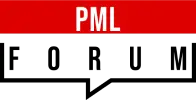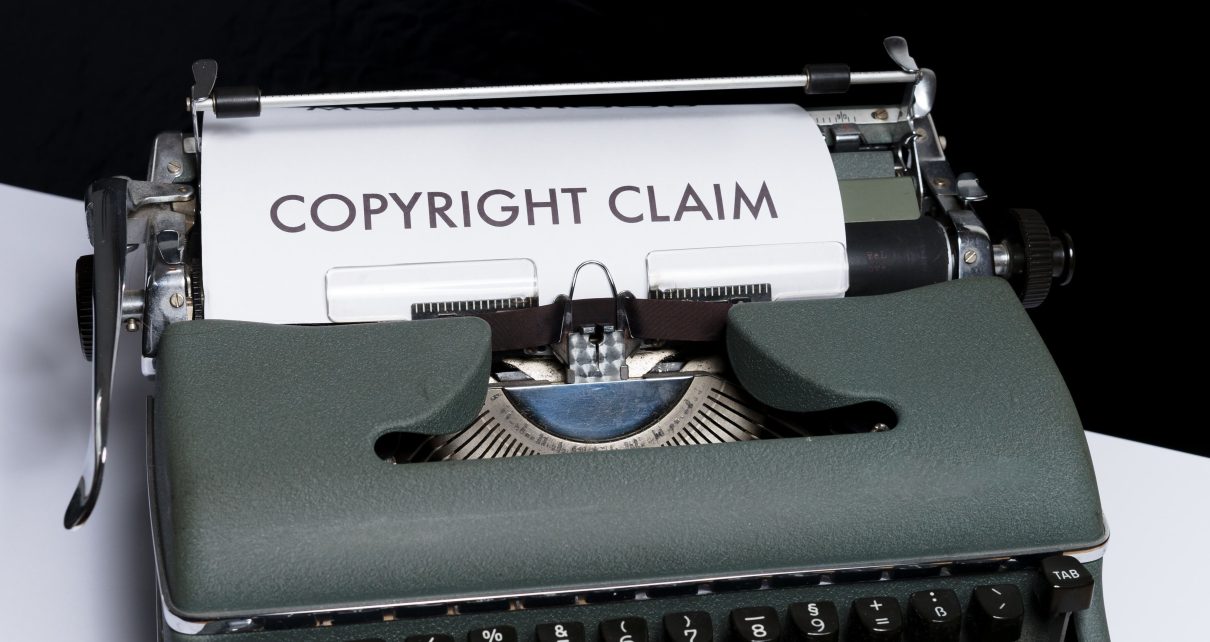When it comes to print on demand and copyright law, there are a few things you need to keep in mind if you want to stay on the safe side. This article will discuss some of the most important things you need to know about copyright law and how it applies to print on demand. We will also talk about ways how you can protect yourself from potential legal issues.
Disclaimer: this article does not constitute legal advice. Always talk to a lawyer and do your own research before you use any potentially copyrighted material.
Table of Contents
What is copyright?
Copyright is the ownership of intellectual and creative property that is tangible, for example, it is on film, video, disc, or paper. Copyright protects artists, content creators, writers, musicians, and everyone else who creates original, creative work. Interestingly, copyright law does not cover scientific work as long as there is proper citation. So it is solely applicable to the creative field. Copyright also doesn’t protect ideas that are just in someone’s head – they need to be made into something that is in the physical form.
Copyright law differs in different countries
If you are a shop owner or someone else who is looking to gain profit from something that might be copyrighted, always check what the copyright law is in the country you want to sell your items. Make sure you follow the right jurisdiction.
The copyright law and its history in the U.S.
Copyright law in America is active since 1790 and was called “the Copyright Act of 1790”. It has been changed a few times since then but the general gist has stayed the same. By the original act, the copyright law was applicable to books, maps, and charts and the right for the copyrighted item was active for a time of 14 years once the copyright claim has been reported. It was possible to renew it for another 14 years if the author was alive.
In 1893 the copyright act was improved and the rights for copyright materials were extended from 14 to 28 years with the possibility to renew them for another 14 years. In 1909 the renewal time period was extended to 28 years but in 1976 the ownership of copyright material was changed to 70 years or the life of the author. If the creative work was done as “work of hire” then the ownership is 120 years or 95 years after publication whichever is a shorter period of time. After the 1992 renewal act, there is no need anymore to renew copyright ownership.
Public domain and the duration of copyright ownership
For creative work that is created after the “Copyright Act of 1976” everything is more or less clear. However, for works that are created between 1928 and 1975 the rules are complicated and not so one-pieced. But the good news is, everything (except sound recordings) that was created before 1927 has moved into the public domain aka is free to use for anyone including commercial use.
There are a few options for how a work can get into the public domain:
- The copyright ownership has ended;
- The author has donated his work to the public and has given-up rights to their material;
- The work is not protected by copyright law.
Situations when you can use copyrighted materials
Even though copyright law is pretty strict and it is better to not mess with it, there are instances when you can use copyrighted materials and get away with it. It is called fair use.
1. Using copyrighted material for educational or non-profit purposes is usually considered fair use.
2. The amount of work used – usually a small amount of copyrighted work can be used and will be considered fair use. However, it is important to keep in mind that if you use the “essence” of the copyrighted work aka the “heart” of the work even if it is a very small part, it might still be considered a copyright infringement.
3. Effect on the market by using copyrighted work. For example, if you are selling items that come from copyrighted material, you are influencing the market and minimizing the profit a copyright owner can gain from their work and it will not be considered fair use. However, if it doesn’t influence the copyright owner’s rights to profit, it might be fair use.
4. Talking about words, copyright law doesn’t cover short phrases and slogans as they are too short and could be used on several occasions, and cannot be considered intellectual property.
5. It is also important to note that copyright law protects only the materials that are tangible. It is still fair to use the idea of any work if you make it your own and don’t have any of the original elements in it. For example, Walt Disney has ownership of Mickey the Mouse, but he doesn’t own the idea of a cartoon with animals who act like humans.
6. Parody can be considered a derivative work so it can be considered fair use. But you definitely need to be careful about that because not all comedy or parody will be recognized as fair if you happen to go to court.
7. You can use copyrighted material if the ownership of it has moved to the public domain as discussed before.
Print on demand and safe copyright use
As a print on demand shop owner, you definitely have lots of ideas about what you could sell in your shop, but you definitely want to stay on the safe side and don’t want to poke the copyright dragon. Here are 3 rules to go by and you will have a copyright infringement-free e-shop.
1. Original designs
You will always be on the safe side of copyright law if you use original designs in your shop. The only thing to keep in mind, there are moments when an original design can resemble something of copyrighted material not on purpose. We are influenced by what we see and then we forget the source and create it as our own idea. Just make sure, before you print or publish something, that you have made a research that nothing like the design you have in mind is being protected by copyright law.
2. Public domain materials
Feel free to use all materials that are in the public domain! The best way to go about it – find what you want to print and then contact a lawyer and definitely make sure that this particular intellectual property really has moved to the public domain.
3. Ask permission in written form
It is not that you cannot use copyrighted materials at all, you just need permission to use them. You can always contact the original owner and ask for their permission to use their work. They might not give it to you for free, but, for example, include a few percent fee for every item you sell with their owned copyrighted work. The deals and agreements can differ. However, definitely make sure you have this agreement in written form, so you have always something to show if someone asks if you have permission to sell the particular designs.
Just thinking about opening a print on demand e-shop?
If you are not yet a print on demand shop owner but are looking to be one, you are definitely in search of a print on demand partner or supplier. And that’s where printseekers.com come in. They are a trustworthy print on demand supplier with quality products and prints, an open-minded attitude, fantastic customer service, and fast product printing and delivery. If you are looking for a new partner, be sure to check them out!
Conclusion
Even though at first it might seem scary to enter the world of print on demand and all the copyright requirements, after some research it is not that bad. Follows the tips on how to sell copyright infringement-free items, consult with a lawyer and other specialists, and sell your items with a light heart! And there is also a plus side, you can always have your original designs made copyrighted as well and gain some money from others selling your original work if you please to do that.

